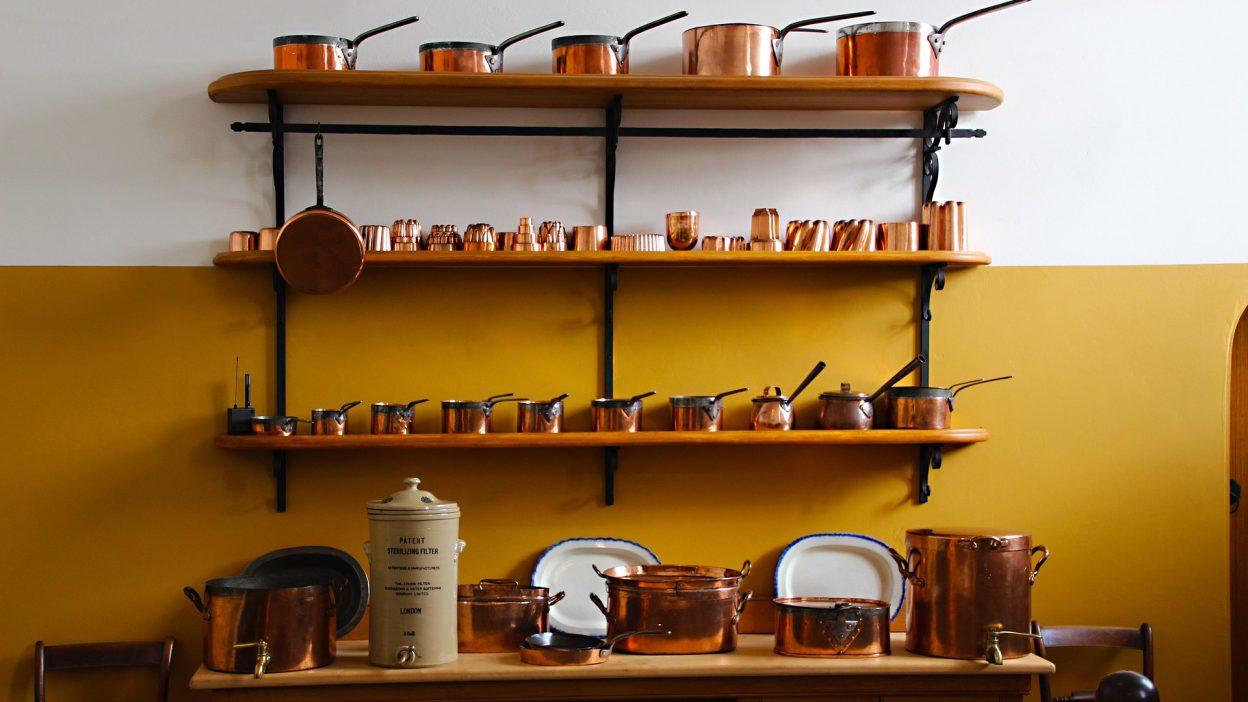Toxic Cookware, Safe Cooking Alternatives, Healthy Cooking, Non-Toxic Cookware, Kitchen Health
What you cook with is just as important as what you cook. Discover the toxic cookware materials you should avoid and the safe, healthy alternatives you can use instead.
When it comes to preparing healthy meals, we often focus on the food itself. But did you know that the cookware you use plays a vital role in your health too? Toxic cookware can leak harmful chemicals into your food, putting you at risk of serious health issues. From chronic diseases to acute symptoms like headaches or nausea, the dangers of toxic cookware should not be underestimated. In this blog, we’ll explore the most common toxic cookware materials and provide you with safer, healthier alternatives that will keep both you and your family safe in the kitchen.
Main Points in Steps or List Format
- Avoid Teflon Cookware – Choose Real Cast Iron
Teflon cookware is a popular choice because of its non-stick properties, but it’s one of the most dangerous materials out there. The non-stick coating is made with PTFE (polytetrafluoroethylene), a plastic polymer that can release toxic fumes when heated above 572°F (300°C), causing a flu-like illness known as polymer fume fever or Teflon flu. Symptoms can include headaches, chills, and chest tightness. Moreover, Teflon cookware often contains PFOA (perfluorooctanoic acid), a toxic substance linked to several cancers such as breast, prostate, and ovarian cancer.
The safest alternative? Real cast iron cookware. It is non-toxic, durable, and even boosts your body’s iron levels naturally. For an easier option, try enameled cast iron cookware which offers the same benefits without the risk of rust. - Steer Clear of Aluminum Cookware – Use Glass Cookware Instead
Aluminum is lightweight, strong, and recyclable, but it poses serious risks to your health. Aluminum is a neurotoxic material and long-term exposure can lead to diseases like Alzheimer’s and ALS. Plus, when aluminum cookware chips or is exposed to high temperatures, the toxic metal can leach into your food. Similarly, aluminum foil should be used cautiously, as cooking with it can release unsafe levels of aluminum, particularly when wrapping acidic foods like tomatoes or fish.
A safer option is glass cookware, which is non-toxic, eco-friendly, and durable. It doesn’t leach any chemicals into your food and is perfect for healthy cooking. - Copper Cookware – Why Stainless Steel is a Better Choice
Copper is often celebrated for its excellent heat conductivity, but it can be hazardous when used in cookware. Copper can release harmful amounts of the metal into your food, especially when cooking acidic dishes like fish with lemon juice or tomatoes. This can lead to symptoms of copper poisoning such as vomiting, gastrointestinal distress, and even yellow skin. If the cookware is coated, it may contain nickel, a toxic element linked to liver and kidney damage, heart disease, and an increased risk of cancer.
The alternative? Stainless steel is a much safer option. It’s lightweight, scratch-resistant, and comes in non-stick varieties. Be sure to choose food-grade stainless steel that is free from nickel or chromium for the safest option. - Ceramic Coated Cookware – Opt for 100% Ceramic
Ceramic-coated cookware looks great and may seem like a safe choice, but it can be misleading. Over time, ceramic coatings can chip and release dangerous substances such as lead and cadmium, both of which are highly toxic and can cause serious health issues. Lead poisoning can result in symptoms such as abdominal pain, headaches, and infertility, while cadmium can affect your cardiovascular and reproductive systems, and even harm your bones and kidneys.
The best alternative is 100% ceramic cookware, which is made from completely natural, non-toxic materials. It’s durable, dishwasher-safe, and non-stick without the risk of harmful chemicals leaching into your food.
Supporting Examples or Data
Studies have shown that chemicals like PFOA and PFOS found in Teflon and other non-stick cookware materials can remain in both the human body and the environment for long periods of time, leading to chronic health problems. Likewise, excessive exposure to aluminum has been directly linked to diseases affecting the nervous system, particularly Alzheimer’s. Choosing non-toxic cookware is an easy yet effective way to safeguard your health and well-being.




